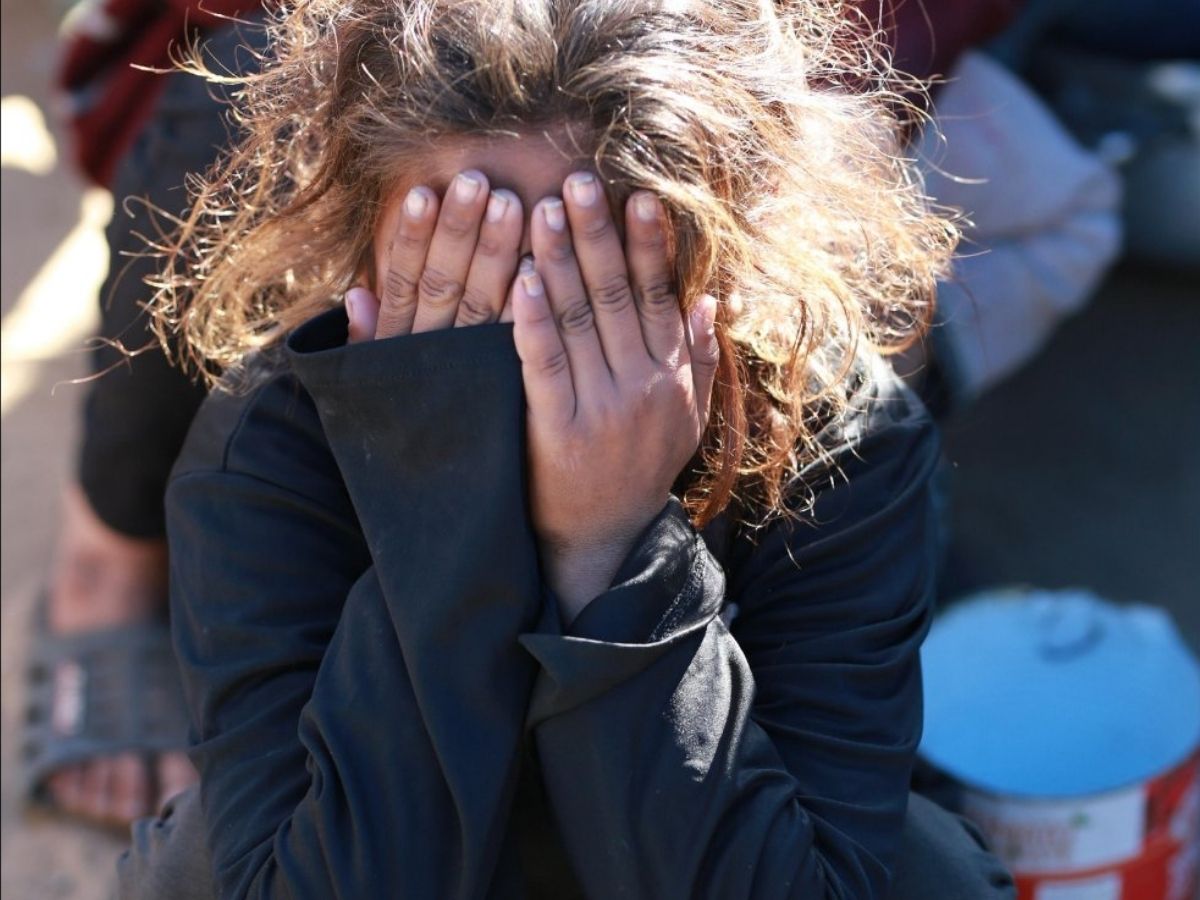302
With no immediate end in sight to the Israel-Hamas conflict and the intensifying violence in Gaza, fears are mounting of yet another refugee crisis in the region. With over 70% of Gaza’s 2.2 million residents reportedly registered as refugees, the region appears to be facing a dire humanitarian crisis. Aid agencies like UNRWA have warned that the crisis could soon force hundreds of thousands more to flee their homes again.
Here’s what we know so far about the history of refugee movement and the impending refugee crisis.
A New Refugee Crisis Brews in Gaza
According to an UNRWA report, the agency provides food assistance to one million Gazans, and with access to basic needs now growing increasingly difficult in recent days, the risk of large-scale displacement looms.
However, this isn’t the first time Palestinians have faced such uncertainty. The existing crisis has its roots in a complex history of Palestinian exile that dates back over 75 years.
Who Are Palestinian Refugees?
According to the United Nations Relief and Works Agency (UNRWA), Palestinian refugees are defined as those “whose normal place of residence was Palestine during the period starting 1 June 1946 to 15 May 1948, and who lost both home and means of livelihood as a result of the 1948 conflict.”
The definition has since expanded to include the descendants of male refugees, including adopted children, making the number of registered Palestinian refugees to account for about 5.9 million to this date.
Roughly 1.5 million are believed to be living in 58 refugee camps across Jordan, Lebanon, Syria, the West Bank, and Gaza. But two-thirds live in and around towns and cities, with many of them still relying on aid agencies’ services including education, healthcare, and food distribution.
ALSO READ: Israel to Start Aid Airdrops in Gaza Amid Reports of Starvation Deaths
Refugees Without a Homeland
The Palestinian displacement began with the Nakba (or “catastrophe”) in 1948, when an estimated total of about 700,000 Palestinians reportedly fled or were expelled from their homes during the Arab-Israeli war. Many sought refuge in nearby Arab countries Syria, Jordan, Lebanon, and Egypt.
However, most Palestinians – especially in countries like Lebanon and Syria, for example, werre barred from property ownership and public sector jobs. Reports suggest Jordan eventually granted full citizenship to most Palestinian refugees, although even there, political tensions brewed.
The displacement didn’t stop with the Nakba. After the 1967 Six-Day War, Israel’s occupation of Gaza and the West Bank gave the way to a second wave of refugees.
Gaza: An Epicenter of Refugees
The war-torn land of Gaza has been right at the heart of the refugee crisis for decades. More than 70% of Gaza’s population today are UNRWA-registered refugees, who are largely descended from people who had to flee villages in southern Israel in 1948.
Housing in Gaza’s refugee camps is frequently reported as overcrowded and degrading, with substandard infrastructure and increasing unemployment. The UNRWA report suggests that at least half of the refugee population resides inside eight of its camps.
The agency, however, only manages services, and not the camps.
ALSO READ: What’s Stopping Gaza Aid? A Look at Israel’s Blockade and Border Restrictions
Definitions Matter
There is a significant difference between the UNRWA definition of refugees and that of UNHCR, the international UN refugee agency. While the UNRWA covers descendants and those who remain inside what was once historic Palestine, the UNHCR definitions are based on international refugee law.
Palestinians regard the “right of return”, supported by the UN General Assembly Resolution 194, as sacred. But Israel views it as a security risk to its Jewish majority.
Tracing the Long History of Displacement Along the Palestinian Border
Palestinians have faced repeated displacements, not just from Israel but also due to regional upheavals.
In Jordan, tensions between the PLO and King Hussein led to Black September in 1970, resulting in mass expulsions. In Lebanon, the civil war and the 1982 Sabra and Shatila massacre devastated refugee communities. And in Syria, the 2011 civil war reportredly displaced over 120,000 Palestinian refugees, with some calling it the “New Nakba.”
(With inputs from the UNRWA, Britannica and Miideast journal)

